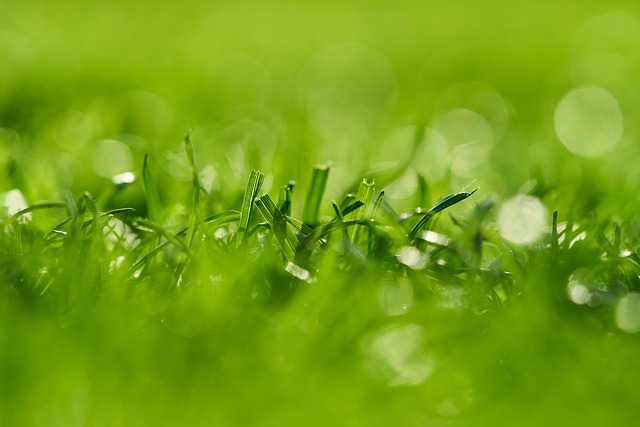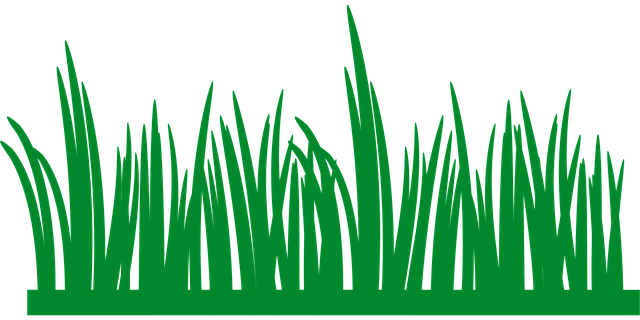Brown spots on lawns in Aurora primarily stem from fungal infections like Puccinialum and Rhizoctonia, or environmental factors such as drought, excessive rainfall, extreme temperatures, sun exposure, and soil quality issues. Accurate diagnosis is crucial for effective treatment, which may include fungicides, aeration, dethatching, irrigation adjustments, drainage improvements, balanced fertilization, and strategic tree pruning.
In Aurora, identifying the root cause of your lawn’s brown spots is crucial for effective restoration. This guide provides expert insights into the common fungal infections that lead to these unsightly patches. We explore environmental factors exacerbating lawn damage and offer proven treatment strategies to revive your green oasis. By understanding the science behind diseased lawns, homeowners can tackle issues promptly, ensuring a lush and vibrant landscape year-round.
- Identifying Fungal Infections Causing Brown Spots
- Environmental Factors Contributing to Lawn Damage
- Treatment Strategies for Restoring Your Lawn's Health
Identifying Fungal Infections Causing Brown Spots

Many lawn owners in Aurora first notice their turf’s distress through the appearance of brown spots. While this could be caused by various issues, fungal infections are a common culprit. Among the most prevalent fungi responsible for these unsightly marks are Puccinialum and Rhizoctonia, which result in conditions like patchy disease and fusarium wilt.
These fungi thrive in cool, moist conditions, making Aurora’s climate ideal for their growth. Homeowners should look for distinct characteristics like circular or irregular patches of dead grass, often with a lighter brown border and a healthier-looking lawn underneath. Proper identification is crucial before treating the issue; incorrect diagnosis could lead to ineffective or excessive applications of fungicides, causing potential harm to your lawn’s ecosystem.
Environmental Factors Contributing to Lawn Damage

In the vibrant landscape of Aurora, maintaining a lush and healthy lawn can be a challenging task due to various environmental factors contributing to lawn damage. Among the most common causes of brown spots on lawns are weather conditions such as prolonged droughts or excessive rainfall, which can lead to water stress and nutrient deficiencies in the soil. These conditions create an ideal environment for fungi and bacteria to proliferate, causing diseases like rust and mold that further deteriorate grass blades.
Additionally, extreme temperatures play a significant role, with hot summers and cold winters putting pressure on lawn grasses. Sun exposure is another critical factor; excessive direct sunlight can scorch the grass, while too much shade prevents essential photosynthesis, resulting in discolored patches. Soil quality and pH levels are also crucial; poorly drained or compacted soil hinders root growth, while imbalanced pH can lock up nutrients, making it harder for lawns to recover from stress.
Treatment Strategies for Restoring Your Lawn's Health

Restoring your lawn’s health after a disease outbreak requires understanding the root cause, as treatment strategies vary depending on the specific issue afflicting your green space. Common causes of brown spots on lawns in Aurora include fungal infections (like dollar spot and patchy diseases), pest infestations, nutrient deficiencies, or environmental stressors like drought or excessive shade.
Diagnosing the problem accurately is key to successful restoration. For fungal infections, applying fungicides targeted at the specific pathogen can be effective. Aeration and dethatching help alleviate compacted soil, improving air circulation and access to nutrients. Overwatering and under-drowning are both culprits in lawn decline; adjusting irrigation schedules according to seasonal needs and ensuring proper drainage will support a healthier lawn. Fertilization with balanced nutrients can address deficiencies, while strategic pruning of overhead trees can mitigate shade issues.
In addressing the common causes of brown spots on lawns in Aurora, understanding both the environmental factors contributing to lawn damage and the specific fungal infections causing these issues is essential. By identifying these problems early, homeowners can implement effective treatment strategies to restore their lawn’s health. With the right approach, maintaining a lush and vibrant landscape becomes achievable once again.
